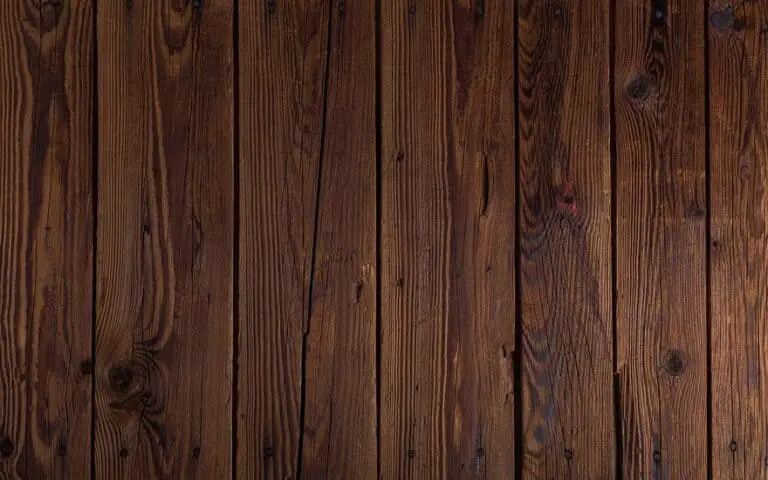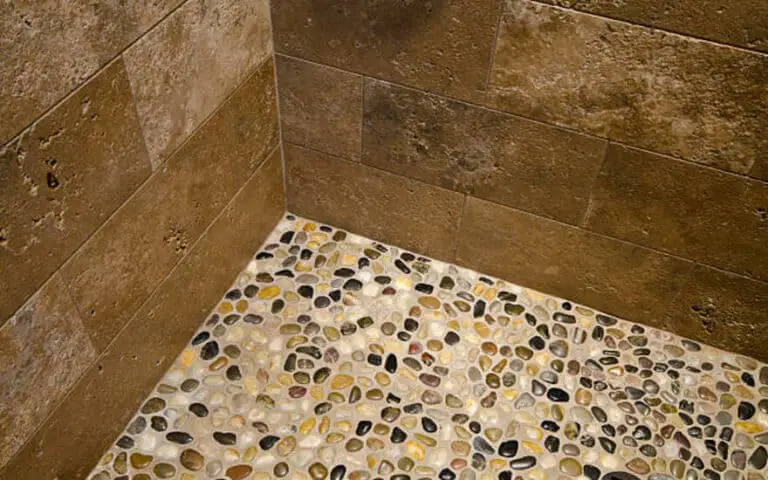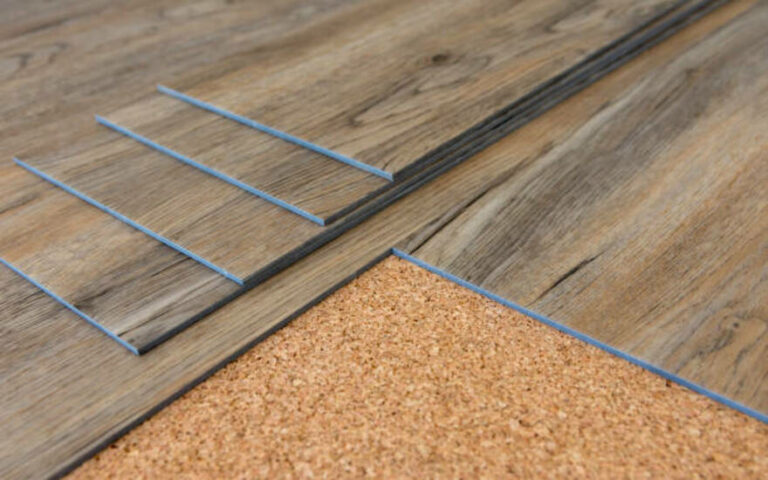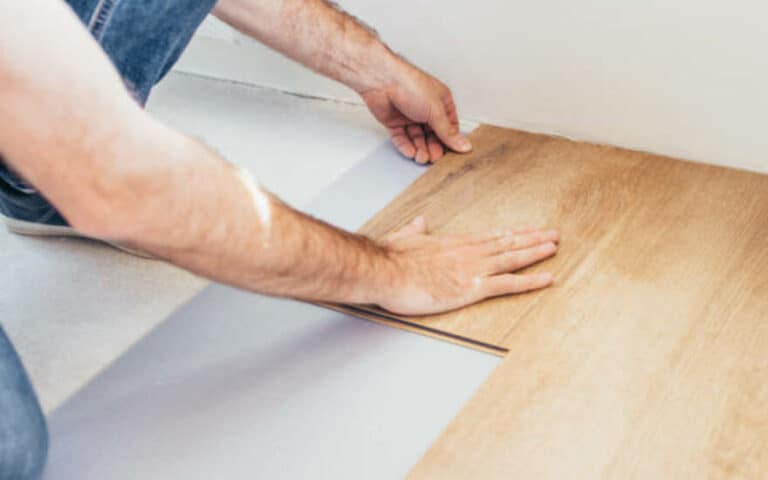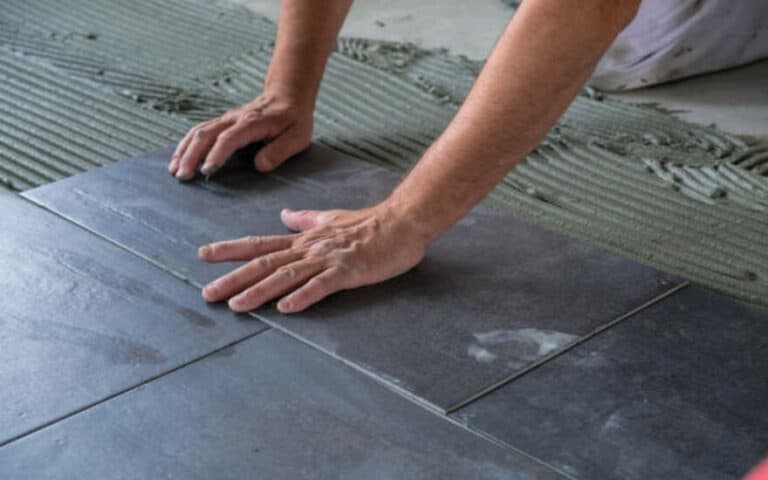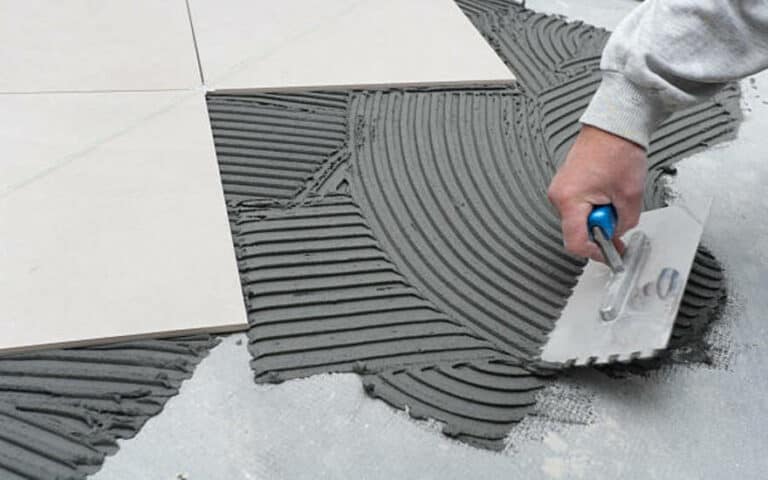It’s a common question that many homeowners have when it comes to their bathrooms, Do I need to waterproof under bathroom tile? The answer is YES, and in this blog post, I will explain why waterproofing is necessary, the benefits of waterproofing, how to waterproof under the bathroom tiles, and much more.
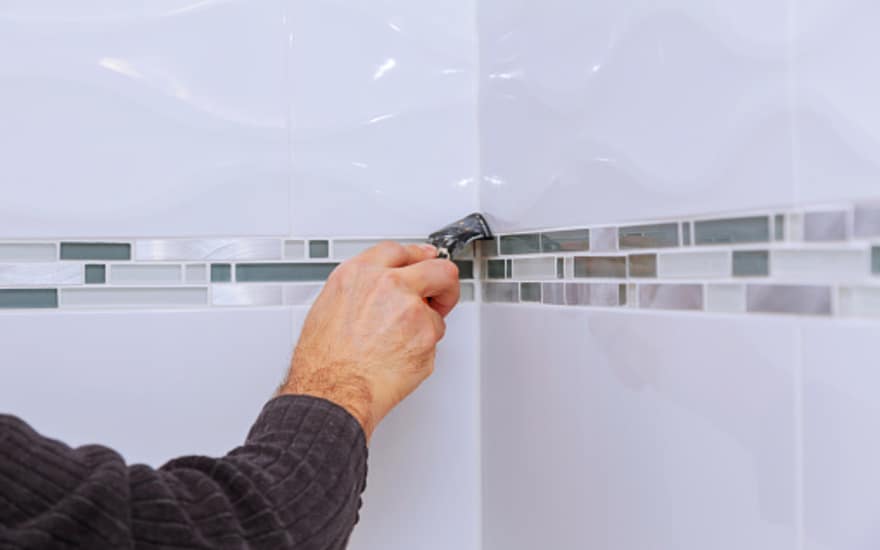
What is Waterproofing?
Waterproofing is a process of protecting a structure from water damage using various materials and techniques. This can include sealers, membranes, coatings, and other materials applied to the structure’s surfaces to ensure that water does not enter and cause damage. Waterproofing is essential to any bathroom renovation, as it helps to protect the system from water damage and mold growth.
Why is it Necessary Waterproofing Under the Bathroom?
Waterproofing is necessary for any bathroom, as it helps to protect the structure from water damage and mold growth. Without waterproofing, water can seep into the walls and cause damage to the system, leading to costly repairs. Waterproofing also helps to protect the tile and grout from water damage, which can help to extend the life of your bathroom.
15 Benefits of waterproofing under bathroom tile
- Protects the structure from water damage.
- Prevents mold growth.
- Extends the life of your bathroom.
- It prevents water from seeping into walls and floors.
- Protects the tile and grout from water damage.
- It prevents water from penetrating the surface of the tile.
- It helps to create a water-resistant barrier.
- It helps to reduce the amount of water absorbed by the tile.
- Protects the underlying structure from water damage.
- It helps to reduce the risk of slipping and falling in wet areas.
- Enhances the across-the-board look and sense of the bathroom.
- Increases the resale value of the home.
- Reduces the need for expensive repairs.
- Creates a barrier against water damage and mold growth.
- It keeps the bathroom looking new.
Steps to waterproof under bathroom tile
Waterproofing under bathroom tiles is somewhat straightforward and can be accomplished in a few hours. Here is a step-by-step guide to waterproofing your bathroom:
- Start by removing any existing tile and grout from the area.
- Next, you must clean the surface and remove any dirt and debris.
- Once the surface is clean, you must apply a primer to ensure that the waterproofing material will adhere to the surface.
- After the primer has been applied, you can use the waterproofing material of your choice.
- Once the waterproofing material has been applied, you will need to wait for it to dry before installing the tile.
- Once the tile has been installed, you will need to use a sealant on the grout to protect it from water damage.
How to choose a suitable waterproofing material?
When choosing a suitable waterproofing material for your bathroom, there are a few factors to consider.
Firstly, you will need to consider the type of material you want. Various waterproofing materials are available, such as acrylic sealers, rubberized coatings, and liquid membranes. You will also require to assume the material’s cost and the alleviation of installation.
Costs associated with waterproofing under bathroom tile
The cost of waterproofing under bathroom tile will depend on the type of material you choose and the size of the area that you are waterproofing. On average, the cost of waterproofing a bathroom will range from $1,000 to $2,000, depending on the type of material and the size of the area.
10 Common mistakes to avoid when waterproofing under bathroom tile
- Not preparing the surface properly.
- I am applying the waterproofing material that is too thick.
- They are not allowing the waterproofing material to dry completely before installing the tile.
- I am not utilizing the correct type of waterproofing material for the job.
- I am not using a sealant on the grout.
- I am not operating a primer before applying the waterproofing material.
- I am not employing a waterproofing membrane between the tile and the wall.
- I am not utilizing a waterproofing membrane between the tile & floor.
- I am not using a waterproofing membrane between the tub and the tile.
- I am not following the manufacturer’s instructions.
Professional installation tips for waterproofing under bathroom tile
- Always wear protective gear when working with waterproofing materials.
- Before applying the waterproofing material, ensure the exterior is sanitary and complimentary of dirt and debris.
- Make it infallible to utilize a primer before applying the waterproofing material.
- Allow the waterproofing material to dry completely before installing the tile.
- Always use a sealant on the grout to protect it from water damage.
- Make sure to use a waterproofing membrane between the tile and the wall, floor, and tub.
- Follow the manufacturer’s instructions for the best results.
Maintenance after waterproofing under bathroom tile
Once you have waterproofed your bathroom, it is essential to maintain it regularly to ensure it stays in good condition. Regular maintenance includes checking for signs of water damage, such as peeling paint or discolored grout, and ensuring that the grout’s sealant remains intact. It is also essential to check your waterproofing material regularly for signs of wear and tear.
Can I tile directly on drywall?
No, you cannot tile directly on drywall. Tiling directly on drywall is not recommended, as it can cause water damage to the drywall and lead to costly repairs. Instead, it would be best to use a waterproofing membrane between the tile and the drywall to protect it from water damage.
Can You Install a Ceramic Tile Backsplash on Drywall?
Yes, you can install a ceramic tile backsplash on drywall, but it is not recommended. The best way to install a ceramic tile backsplash on drywall is to use a waterproofing membrane between the tile and the drywall. This will help to protect the drywall from water damage and ensure that the tile backsplash lasts for many years.
The Most Accurate Technique For Waterproofing And Installing Ceramic Tiles For The Bathroom Floor
Is waterproof vinyl flooring suitable for bathrooms?
Yes, waterproof vinyl flooring is an excellent option for bathrooms, as it is durable and easy to maintain. Waterproof vinyl flooring is also resistant to water damage, mold growth, and staining, making it an ideal choice for bathrooms.
What should I put between the drywall and the shower?
When installing a shower, it is essential to use a waterproofing membrane between the drywall and the rain. This will help protect the drywall from water damage and ensure that the battery lasts many years.
Summary
In conclusion, waterproofing under bathroom tiles is essential to any bathroom renovation. It helps protect the structure from water damage and mold growth and can help extend your bathroom’s life. When waterproofing your bathroom, it is essential to choose the suitable material, follow the manufacturer’s instructions, and use a waterproofing membrane between the tile and the wall, floor, and tub. Proper waterproofing will make your bathroom look great and last many years.

